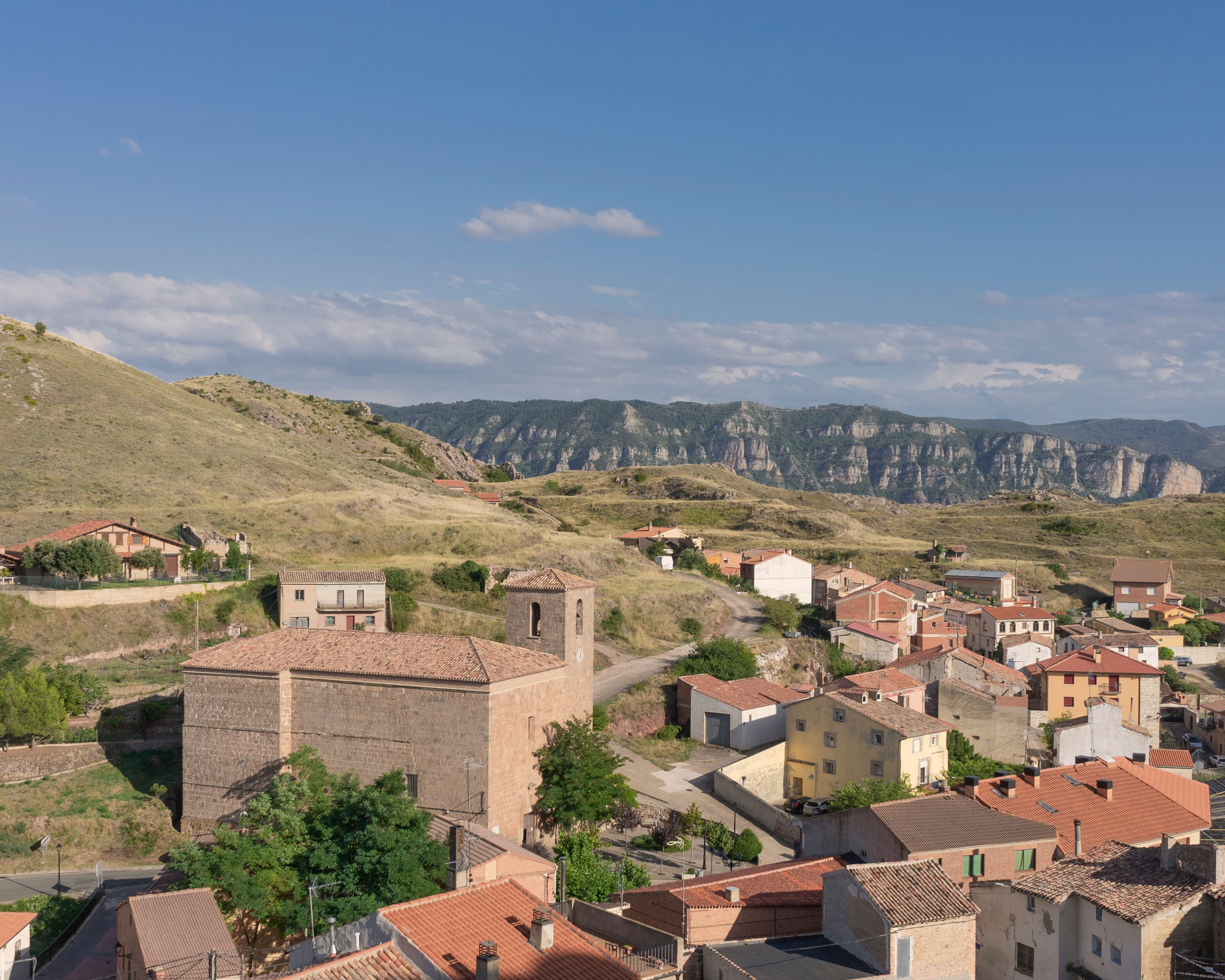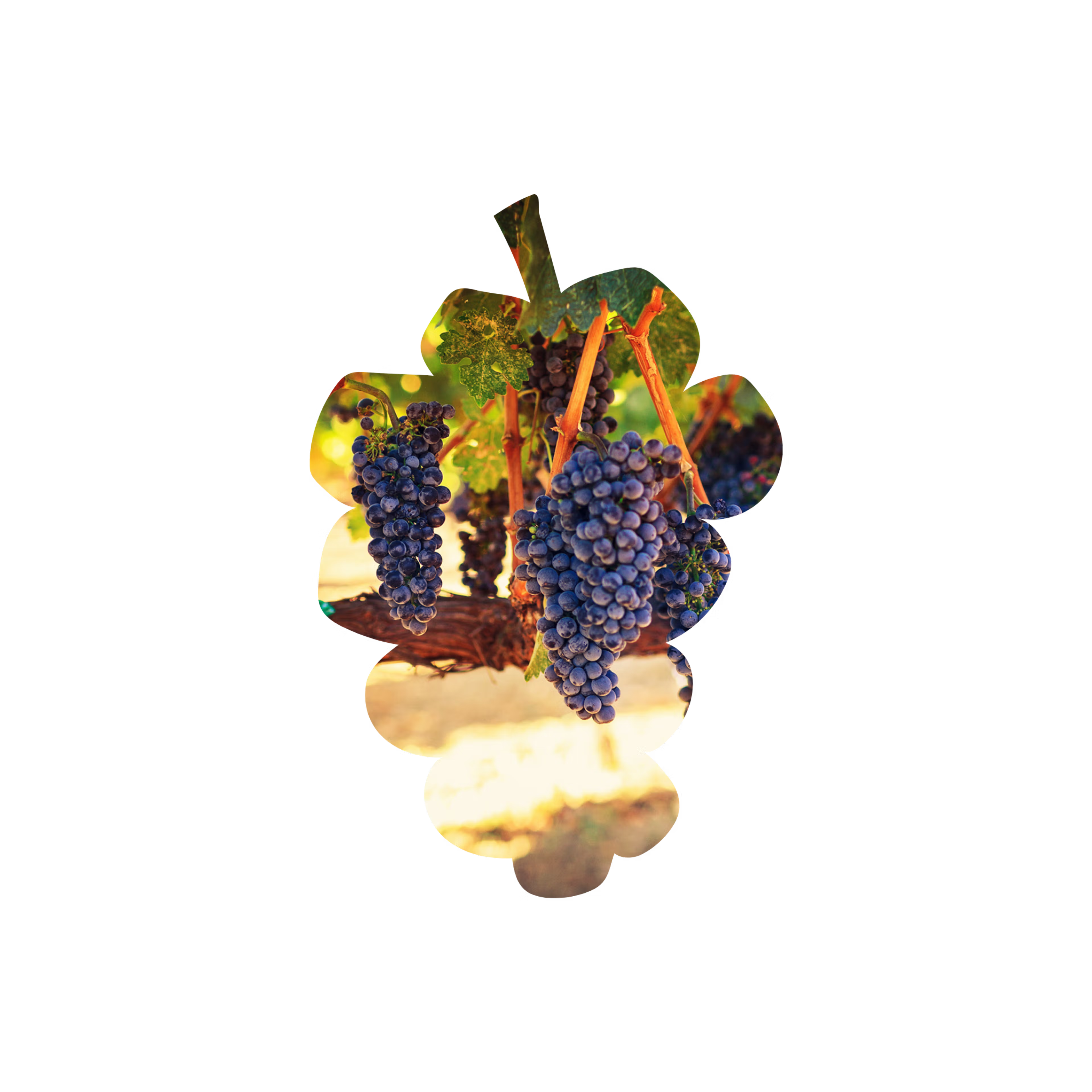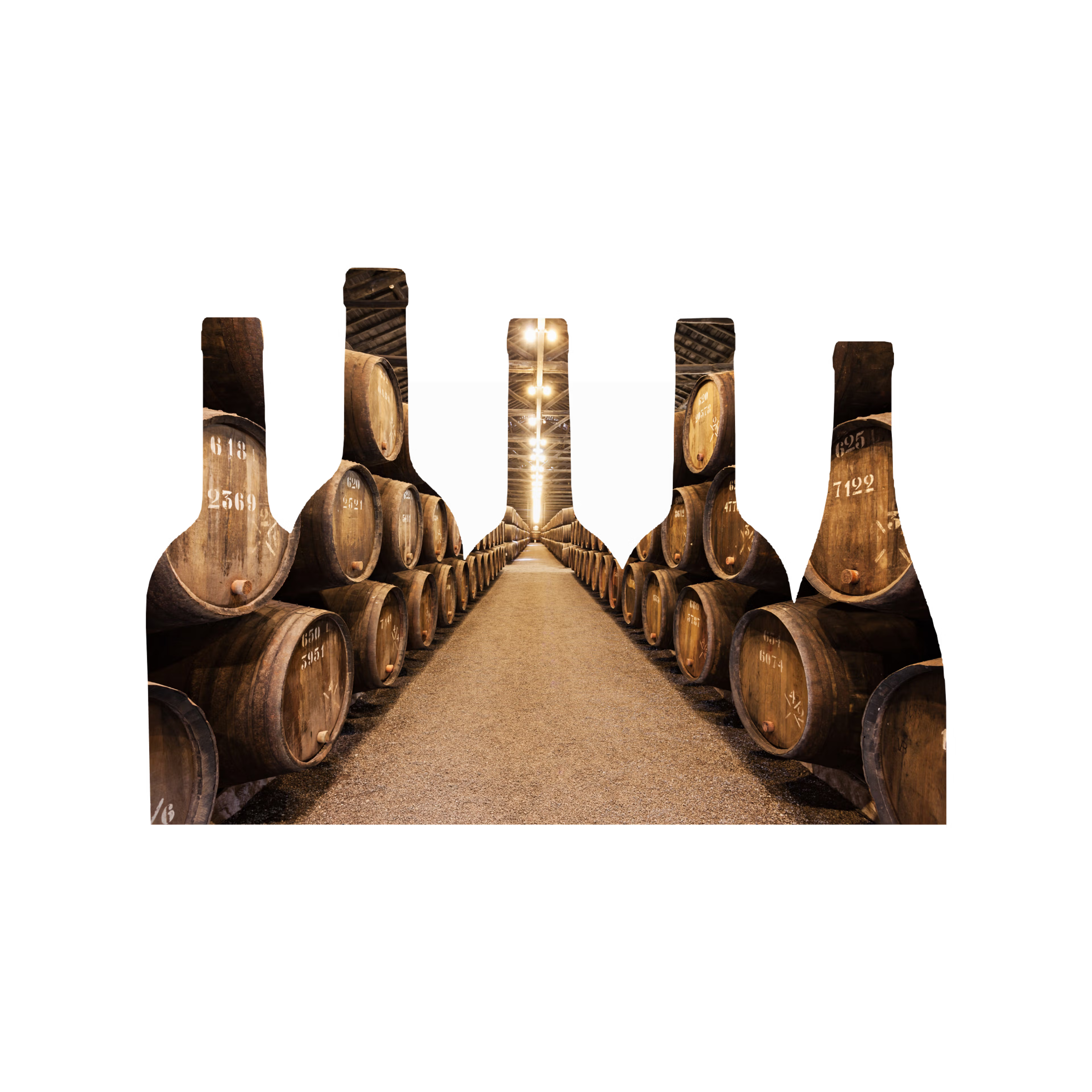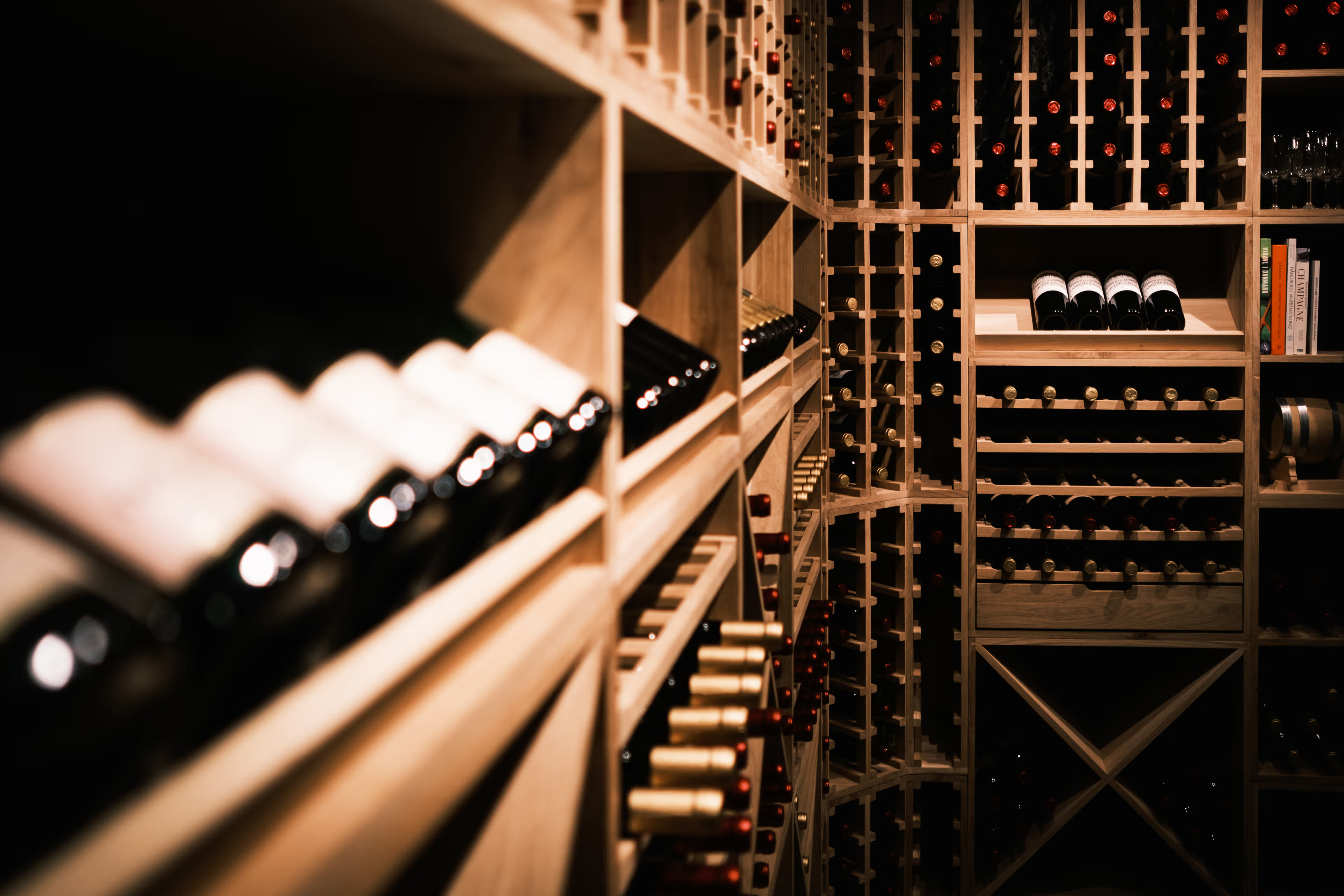

La Rioja: A blend of heritage and aromatics
From historic vines to aromatic whites, La Rioja offers a rich fusion of tradition and innovation, making it one of Argentina’s most intriguing wine regions.
Great wine comes from bold hearts and a strong sense of place.
- Unknown
La Rioja: A journey through Argentina’s wine legacy
La Rioja, one of Argentina’s oldest and most respected wine regions, is a land where heritage meets innovation. Located in the northwest of Argentina, it has long been known for producing wines that reflect both its rich history and the evolving winemaking techniques that have shaped it. As one of the country’s first wine regions, La Rioja boasts a deep-rooted connection to Argentina’s viticulture and is renowned for its aromatic whites, particularly the Torrontés, which thrives in the region’s sunny, dry climate. The region also produces exceptional reds, including Bonarda and Syrah, which have begun to gain international recognition.
La Rioja’s success as a wine region is rooted in its diverse terroir, with high-altitude vineyards benefiting from cooler temperatures that preserve acidity and enhance the aromatic profile of the grapes. This unique combination of old-world heritage and new-world practices gives La Rioja’s wines a distinctive personality that appeals to both traditionalists and contemporary wine lovers alike. Whether it's the floral notes of Torrontés or the structured reds from Syrah and Bonarda, La Rioja offers something truly special to those seeking to explore the heart of Argentina’s winemaking legacy.

Explore the Famous Sub-regions of La Rioja
Famatina Valley: The Heart of La Rioja’s Wine Production
San Juan is defined by its bold, expressive wines, and two sub-regions stand out for their exceptional terroir and quality: Pedernal Valley and Tulum Valley. These valleys not only offer unique growing conditions but also bring distinct flavors to the wines that originate here, showcasing the diversity of San Juan’s wine potential.
🍇 Pedernal Valley – Located in the western part of San Juan, Pedernal Valley is renowned for its cool climate, higher altitudes, and mineral-rich soils, making it ideal for producing Syrah. The valley benefits from the cooling influence of the Andes, which allows for slower ripening, preserving acidity and enhancing the wine’s structure. Pedernal Syrah wines are deep, spicy, and complex, with notes of dark fruit, herbs, and a hint of earthiness. The region is also home to other reds like Malbec and Bonarda, each with a distinctive patter of richness and elegance.
🍇 Tulum Valley – Tulum Valley, located slightly to the southeast, is a key region for red wine production in San Juan. The hot, dry climate here, combined with its deep alluvial soils, provides perfect conditions for growing robust varieties like Malbec and Bonarda. Wines from Tulum Valley are full-bodied with intense fruit flavors, balanced acidity, and a smooth finish. Tulum also excels in fortified wines, which reflect the region's strong winemaking tradition and its capacity to produce powerful yet harmonious wines.

The Grapes Behind La Rioja’s Renowned Wines
Torrontés, Bonarda, Syrah: The Foundations of La Rioja’s Wines
La Rioja is Torrontés, a white grape that produces fragrant, floral wines with a distinct aromatic profile. Along with Torrontés, red grape varieties such as Bonarda and Syrah thrive in the region, creating wines that are full-bodied and capable of aging beautifully.
🍇 Torrontés – Torrontés is the star grape of La Rioja, and it produces some of the most aromatic white wines in Argentina. With its floral aromas and bright acidity, Torrontés is a refreshing, elegant wine that pairs beautifully with seafood, grilled vegetables, and spicy dishes. La Rioja’s Torrontés is particularly special, thanks to the region’s unique terroir, which imparts a freshness and vibrancy to the wine, making it one of the most sought-after whites in Argentina.
🍇 Bonarda – Bonarda is a red grape variety that has become increasingly popular in La Rioja. The wines made from Bonarda in this region are rich and full of dark fruit flavors, balanced with subtle spice and earthy notes. Bonarda wines from La Rioja tend to have a smooth texture, soft tannins, and excellent aging potential, making them perfect for both casual drinking and long-term cellaring.
🍇 Syrah – Syrah is another red grape that has found a home in La Rioja, and it produces wines with intense color, rich fruit flavors, and a spicy finish. Syrah wines from La Rioja are often described as bold and structured, with aromas of blackberries, black pepper, and hints of smoky oak. The high-altitude vineyards of La Rioja help preserve the grape’s natural acidity, making these wines both rich and balanced.

Explore the Notable Producers of La Rioja
Valle de la Puerta & Bodega San Huberto: Pioneers of La Rioja’s Wine Revolution
La Rioja is home to several respected producers that have helped shape the region's identity and reputation in the wine world. Two notable names in the region are Valle de la Puerta and Bodega San Huberto, both of which are at the forefront of elevating La Rioja’s wines on the global stage.
🍇 Valle de la Puerta – One of the leading wineries in La Rioja, Valle de la Puerta has earned a reputation for producing exceptional wines that showcase the unique terroir of the region. Known for its commitment to both tradition and innovation, Valle de la Puerta produces a wide range of wines, including its signature Torrontés, which has garnered praise for its fresh, floral aromas and crisp acidity. The winery also produces excellent red wines, particularly Bonarda and Syrah, which reflect the power and elegance of La Rioja’s high-altitude vineyards.
🍇 Bodega San Huberto – Bodega San Huberto is another respected name in La Rioja, renowned for producing wines that reflect both the heritage and potential of the region. With a focus on sustainable viticulture and modern winemaking practices, San Huberto produces wines that express the purity and complexity of La Rioja’s terroir. The winery’s Torrontés is a standout, showcasing the aromatic profile and freshness that La Rioja is known for, while their red wines, particularly Syrah, offer a bold, structured style that appeals to wine lovers seeking a balanced, full-bodied experience.
Explore the Famous Vintages of La Rioja
San Juan has produced several remarkable vintages that have defined the region’s reputation for bold, full-bodied wines with excellent aging potential. The following vintages are particularly celebrated for their balance, richness, and long-lasting flavors.
📅 2012 – A standout vintage for Syrah, 2012 produced wines with great structure and depth. The Syrah from this year shows a powerful expression of dark fruit, spices, and a touch of earthiness, with tannins that have softened over time while maintaining their bold character. The 2012 Malbecs from San Juan are also noteworthy, offering vibrant fruit flavors balanced by the wine’s firm structure and bright acidity.
📅 2015 – A year marked by optimal growing conditions, 2015 yielded wines with exceptional concentration and elegance. Syrah from this vintage is intense and rich, with ripe berry flavors and subtle spice notes, while maintaining the characteristic freshness and balance that San Juan is known for. Malbec and Bonarda from 2015 are also exceptional, with full-bodied flavors and a smooth, silky finish that makes them approachable yet capable of aging.
📅 2018 – One of the most recent standout vintages from San Juan, 2018 benefited from ideal weather conditions, allowing the grapes to develop complex flavors while retaining vibrant acidity. The 2018 Syrah is expressive, with rich flavors of blackberries, pepper, and herbs, supported by soft tannins. The 2018 Malbecs are deep and fruit-forward, with a nice structure and balance that promises excellent aging potential. This vintage is widely regarded as a great example of San Juan’s ability to produce wines of both power and finesse.
Store your La Rioja wines at the perfect temperature
Explore our wine coolers →
Display your La Rioja wine collection with style
Find your perfect wine rack here →
San Juan: A region of bold reds and fortified wines
San Juan, Argentina's second-largest wine-producing region, is renowned for its bold reds and fortified wines. Situated in the shadow of the Andes, San Juan’s diverse terroirs and sunny, dry climate make it the perfect home for full-bodied wines that express intensity, depth, and complexity. While the region may not receive the same global attention as Mendoza, its unique qualities and distinct styles of wine are increasingly becoming a favorite among wine enthusiasts and collectors.
The role of terroir in San Juan’s winemaking
San Juan's terroir plays a crucial role in defining the region's wines. The high-altitude vineyards, especially in valleys like Pedernal and Tulum, benefit from cool nights, which help preserve the acidity of the grapes while the hot days allow the fruit to ripen fully. The combination of warm days and cool nights ensures that San Juan wines are rich and ripe, yet still maintain a balanced structure and freshness. The soil composition also contributes to the unique character of San Juan wines, with mineral-rich soils providing depth and complexity to the wines.
Grape varieties in San Juan
San Juan is best known for its Syrah, which thrives in the region's hot and dry conditions. This grape produces wines with rich, deep flavors and a robust structure. San Juan is also known for Malbec, a variety that produces full-bodied wines with dark fruit and spicy notes. Another grape gaining attention in the region is Bonarda, which is often used to make vibrant, fruit-forward wines with bright acidity and smooth tannins. These three varieties—Syrah, Malbec, and Bonarda—are the backbone of San Juan’s wine production, each contributing to the region’s distinctive character and style.
Fortified wines of San Juan
In addition to its powerful reds, San Juan has a long tradition of producing fortified wines. These wines, often rich and sweet, offer a different expression of the region’s terroir. They are made by adding grape spirits to the wine during fermentation, halting the fermentation process and leaving behind residual sugars. The result is a wine with a higher alcohol content and intense, sweet flavors. San Juan’s fortified wines are often used as dessert wines and are a must-try for those interested in exploring the diverse offerings of the region.
Winemaking techniques in San Juan
San Juan's winemakers blend tradition with innovation. Many producers in the region are committed to sustainable practices and are employing modern techniques such as temperature-controlled fermentation, oak aging, and micro-oxygenation to enhance the flavor profile of their wines. These methods help to bring out the best qualities of the grapes and ensure that the wines are of the highest quality. At the same time, the region's winemakers respect the long tradition of winemaking, which dates back to the early 19th century, and continue to use time-honored techniques that bring out the distinctive characteristics of San Juan’s wines.
Conclusion
San Juan’s wines are a true reflection of the region’s climate, terroir, and winemaking heritage. From bold Syrah and Malbec to rich fortified wines, San Juan offers a diverse array of wines that are as expressive as the land itself. Whether you're drawn to the powerful reds of Pedernal Valley or the smooth, complex wines of Tulum Valley, San Juan provides a wine experience that’s both unique and unforgettable. With its blend of innovation and tradition, San Juan is a region that continues to grow in recognition, making it a must-visit for wine lovers looking to explore Argentina’s diverse viticultural landscape.